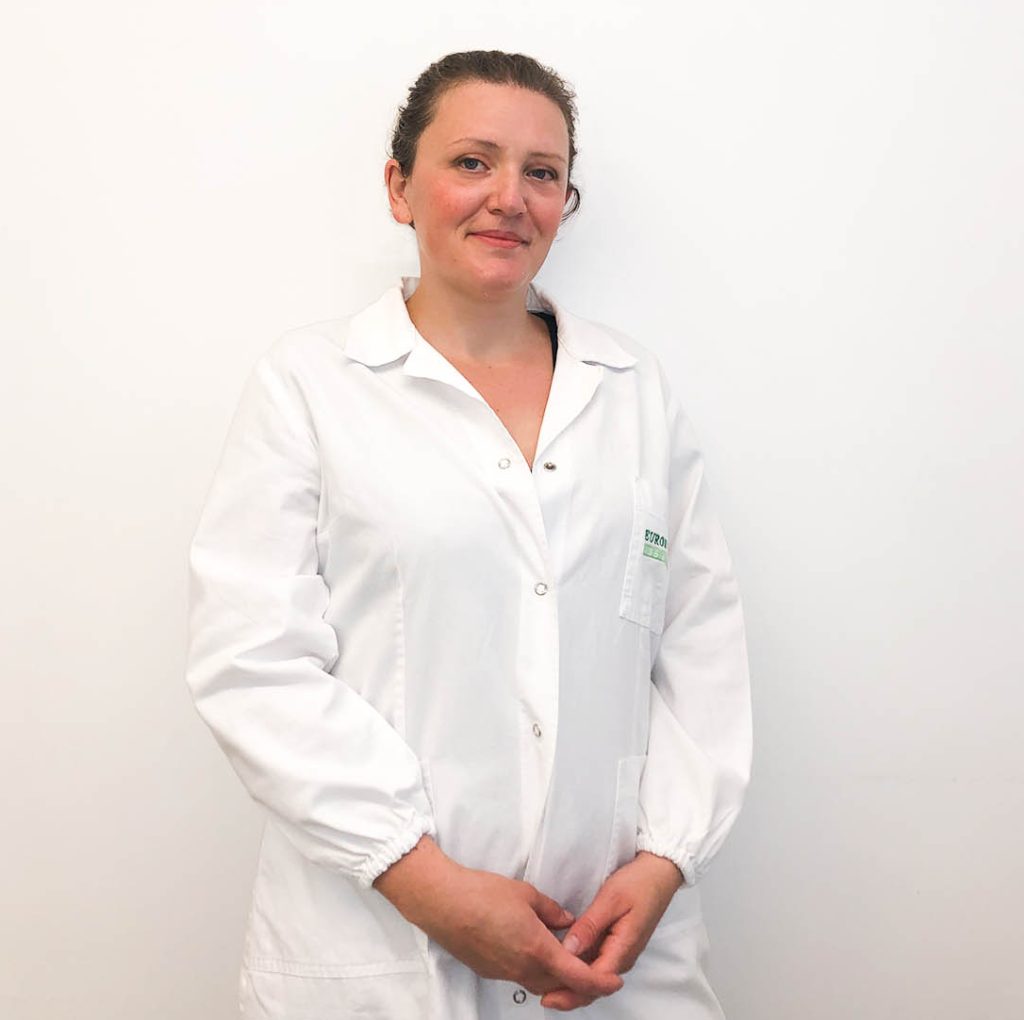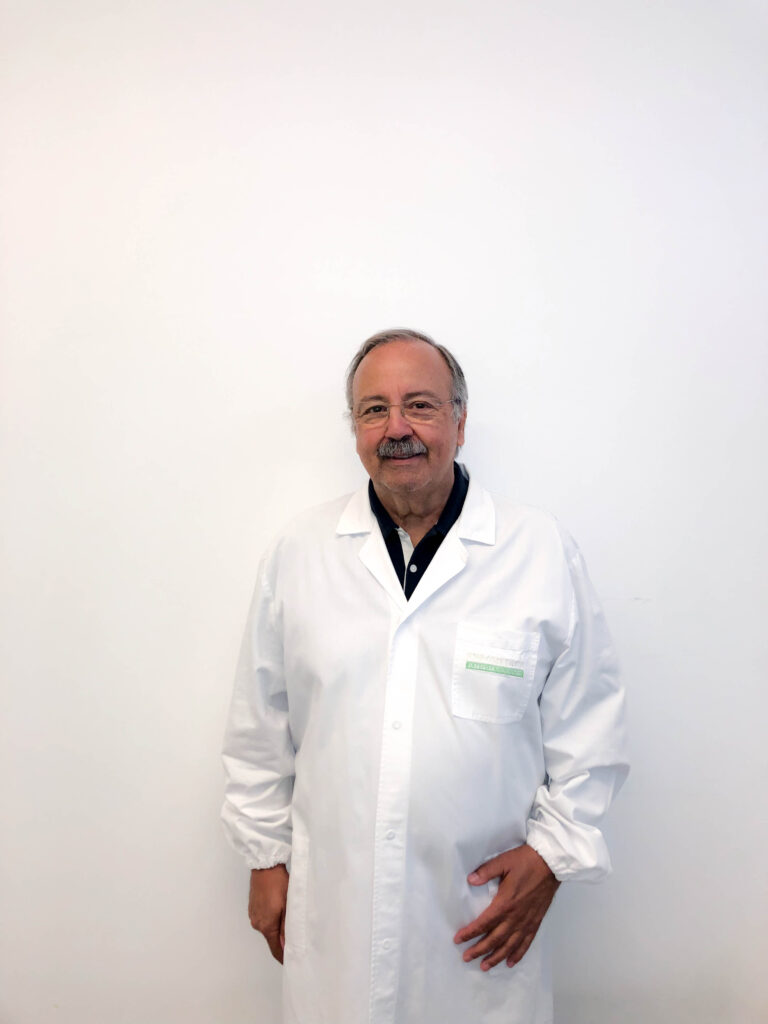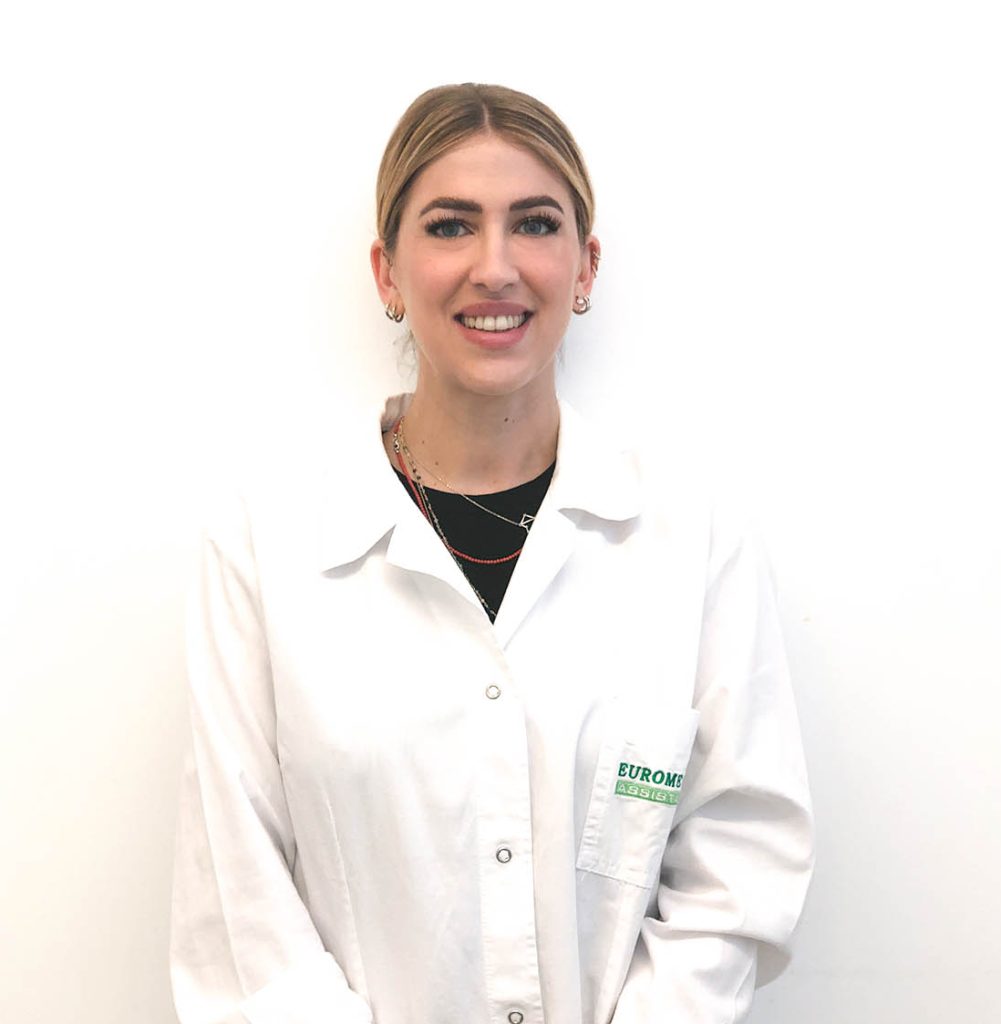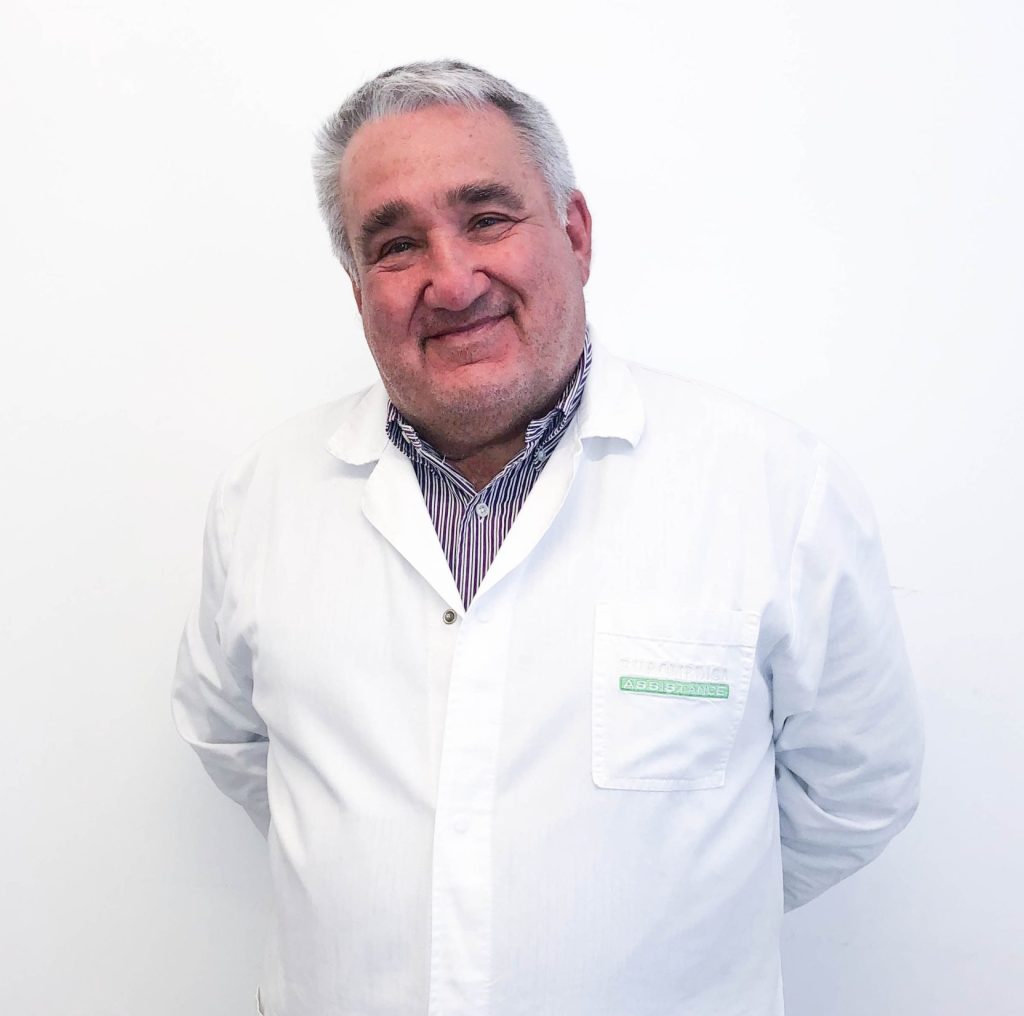The Pap Test named after Dr. Papanicolau, the physician who invented this important screening test, is a cytological examination, which is a laboratory test that, through the analysis of cervical cells , allows for early detection of possible cervical cancer formation.
It is recommended to have a Pap test from age 25 onward, every 3 years .
The cell sample needed for analysis (pap test), is taken directly from the patient’s cervix after dilating the vagina with a disposable speculum.
In order for the Pap test to be as reliable as possible, it is recommended: to avoid having sexual intercourse in the 24 hours prior to the pap test, not to perform vaginal douches and not to insert vaginal eggs as well as spermicidal products/creams/foams into the vagina in the 48 hours prior, to undergo the test at least 5 days before or after the menstrual cycle, and not to have blood loss when the pap test is performed.
The analysis of the sample of cells taken during the Pap test can be of two types: traditional or liquid phase (thin-prep). In the former case, the pap test consists of smearing the sample of cells taken from the cervix on a slide on which they are then stained according to Dr. Papanicolau’s technique. In contrast, with regard to the liquid-phase pap test, also known as the thin-prep pap test, instead of being affixed to the slide, the cells taken are placed in a liquid solution, which on the one hand allows the collected material not to be dispersed and on the other hand avoids the haphazard aggregation of cells, reducing the risk of inadequate samples.
A positive Pap test result does not necessarily imply the possibility that cervical cancer is developing but rather implies the presence of abnormal cells, the nature of which must be investigated with further follow-up examinations such as colposcopy and cervical biopsy.























